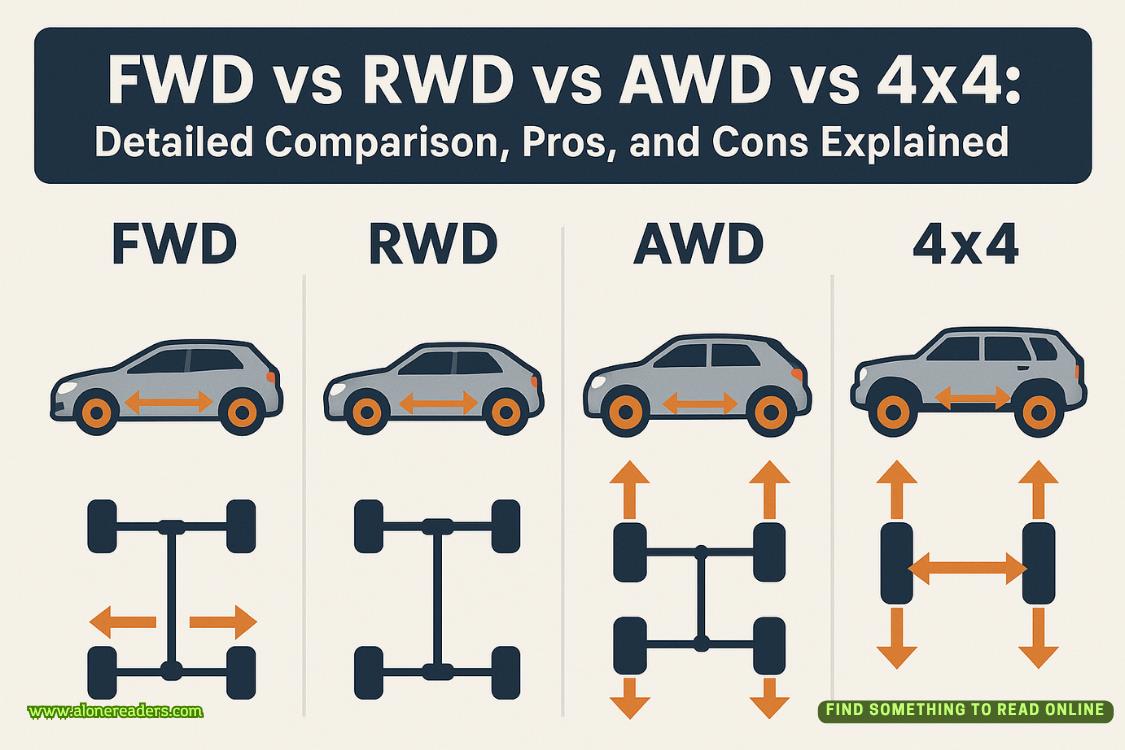I shook my head. “No way. Nothing in nature has that kind of energy storage. You don’t understand how much energy these dots are emitting. It’s like…getting to the scales of mass conversion.E = mc2kind of stuff. These tiny dots have more energy stored up in them than remotely makes sense.”
“Well,” she said. “They did just come from the sun. And the sun is losing energy.”
“Yeah. That’s why I think it’s a life-form,” I said. “It consumes energy, stores it in some way we don’t understand, then uses it for propulsion. That’s not a simple physical or chemical process. That’s complex and directed. Something that must have evolved.”
“So the Petrova line is…tiny little rocket flares?”
“Probably. And I bet we’re only seeing a small percentage of the total light coming off that area. They use it to propel themselves to Venus or to the sun. Or both. I don’t know. Point is, the light will go away from their direction of travel. Earth isn’t in that line, so we only see the light that reflects off nearby space dust.”
“Why do they go to Venus?” she asked. “And how do they reproduce?”
“Good questions. Ones I don’t have answers for. But if they’re single-celled stimulus/response organisms, they probably reproduce through mitosis.” I paused. “That’s when the cell splits in half to become two new cells—”
“Yes, I know that much, thank you.” She looked to the ceiling. “People always assumed our first contact with alien life—if any existed—would be little green men in UFOs. We never considered the idea of a simple, unintelligent species.”
“Yeah,” I said. “This isn’t Vulcans dropping by to say hi. This is…space algae.”
“An invasive species. Like cane toads in Australia.”
“Good analogy.” I nodded. “And the population is growing. Fast. The more of them there are, the more solar energy gets consumed.”
She pinched her chin. “What would you call an organism that exists on a diet of stars?”
I struggled to remember my Greek and Latin root words. “I think you’d call it ‘Astrophage.’ ”
“Astrophage,” she said. She typed it into her tablet. “Okay. Get back to work. Find out how they breed.”
—
Astrophage!
The word alone makes all my muscles clinch up. A chilling terror that hits like a lead weight.
That’s the name. The thing that threatens all life on Earth. Astrophage.
I glance at the monitor with my zoomed-in image of the sun. The sunspots have moved noticeably. Okay, it’s a real-time image. Good to know.
Waaaaait…I don’t think they’re moving at the right speed. I check the stopwatch. I was only daydreaming for ten minutes or so. The sunspots should have moved a fraction of a degree. But they’re halfway off the screen. Way more than they should have moved.
I pull the tape measure from my toga. I zoom out the image and actually measure the widths of the sun and sunspot cluster on the screen. No more rough estimates. I want real math here.
The solar disc is 27 centimeters on-screen and the sunspots are 3millimeters. And they moved half their width (1.5 millimeters) in ten minutes. Actually, it was 517 seconds, according to my stopwatch. I scribble some math on my arm.
At this resolution, they’re moving 1 millimeter every 344.66 seconds. To cross the entire 27 centimeters it would take (scribble, scribble) just over 93,000 seconds. So it’ll take that long for the cluster to cross the near side of the sun. It’ll take twice that long to get all the way around. So 186,000 seconds. That’s a little over two days.
Over ten times faster than the rotation should be.
This star I’m looking at…it’s not the sun.
I’m in a different solar system.
Okay.
I think it’s time I took along gosh-darned lookat these screens!
How am I in another solar system?! That doesn’t even make sense! What star is that, anyway?! Oh my God, I am so going to die!
I hyperventilate for a while.















